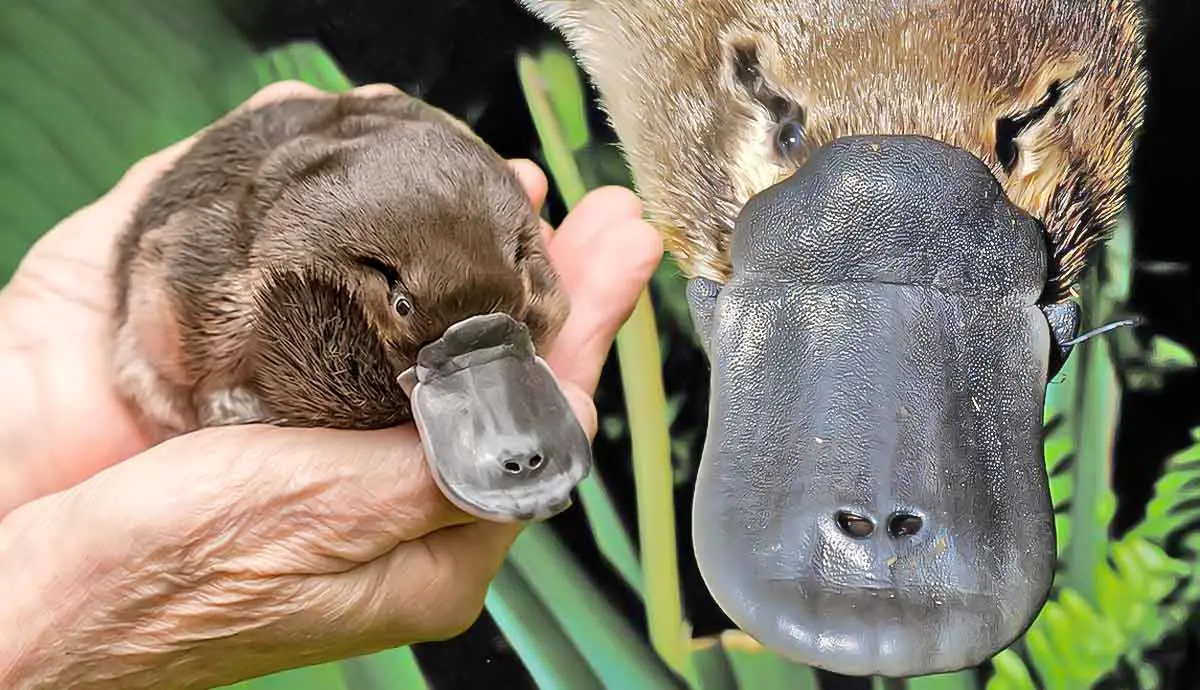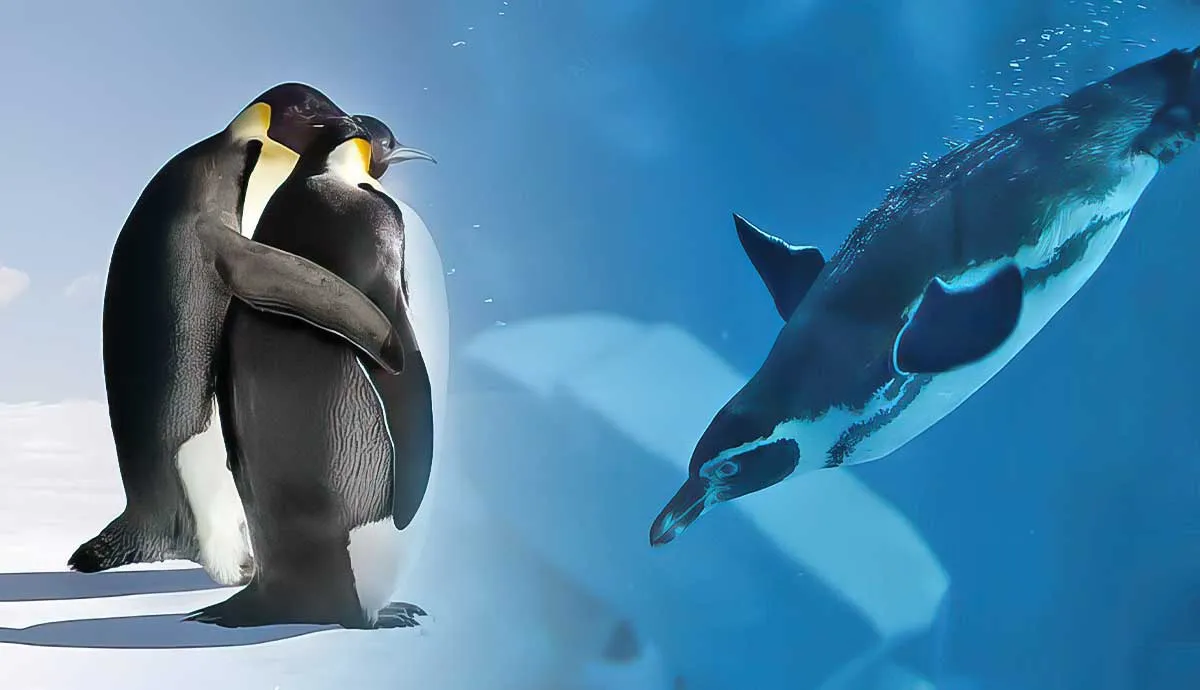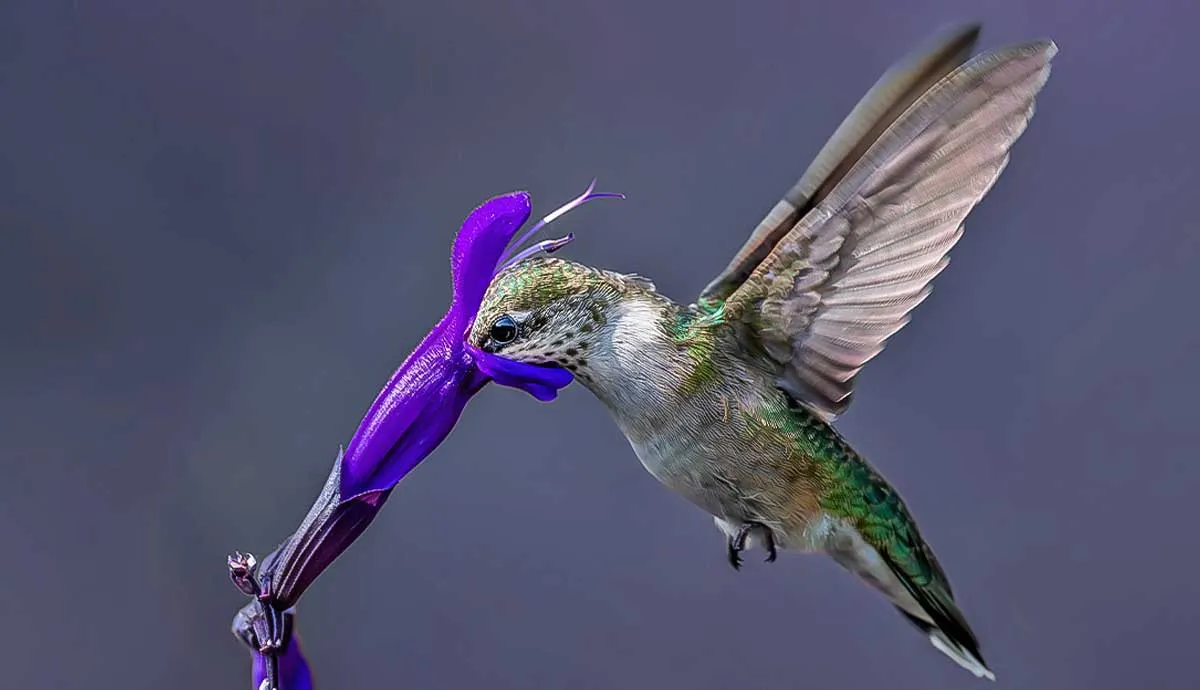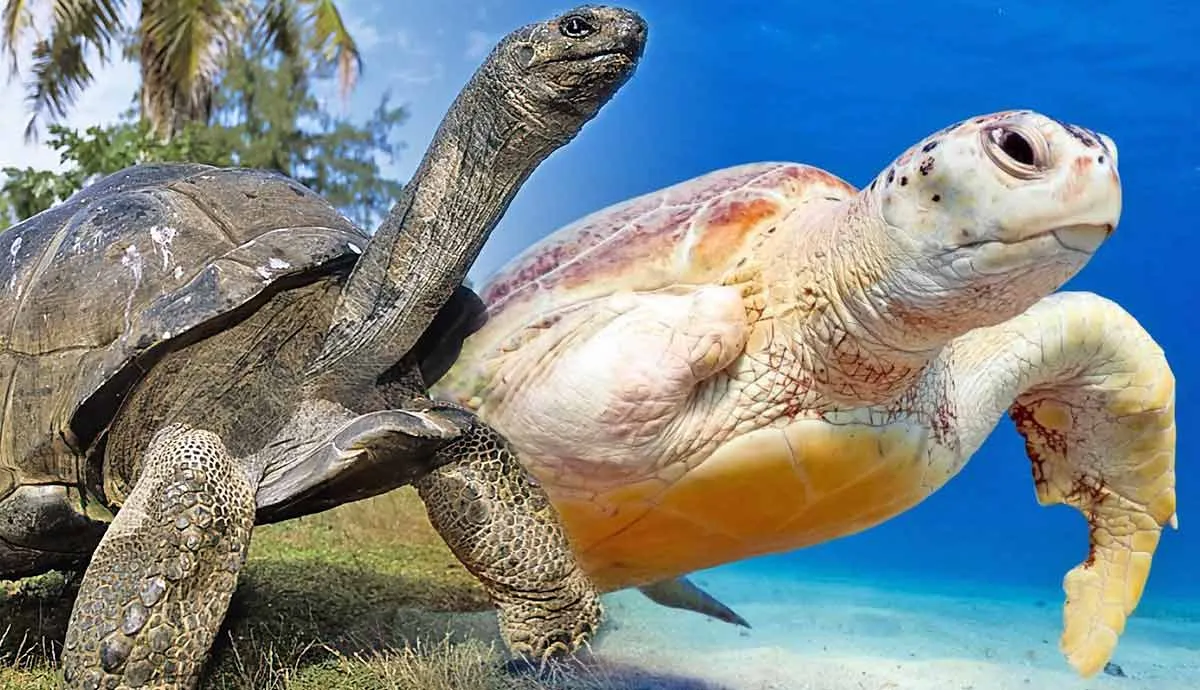The platypus is a creature whose existence baffles many; after all, it looks like a mishmash of other animals! Hailing from the rivers and water bodies of Eastern Australia and Tasmania, there’s no other animal quite like it. Read on to learn more about the duck-billed platypus.
1. This Mammal Lays Eggs
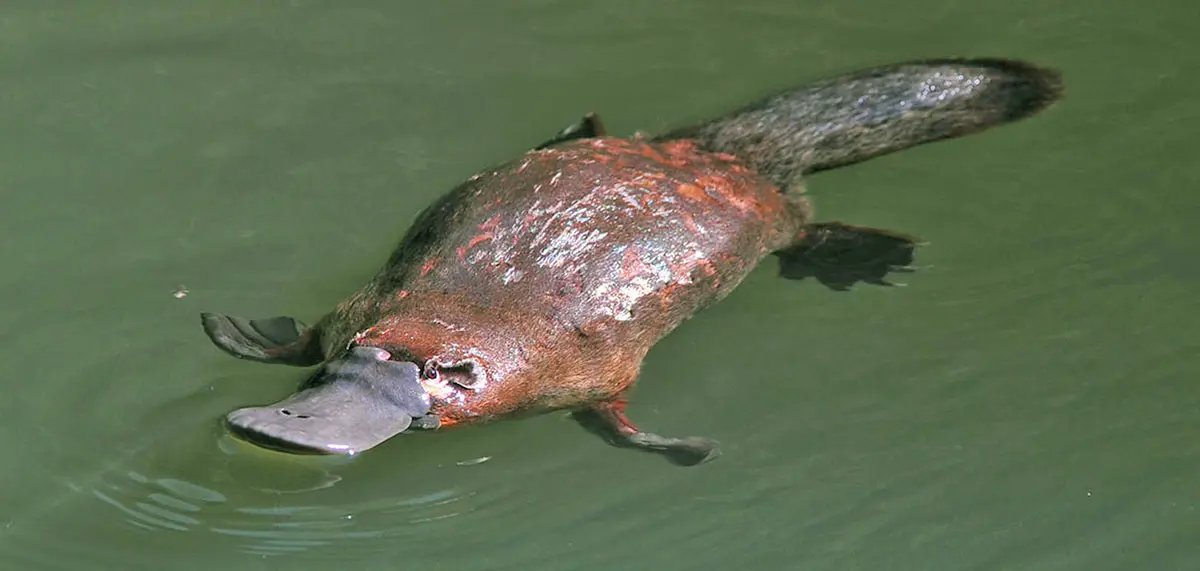
It’s true! Unlike most other mammals, the platypus does not give live birth; instead, females lay a small clutch of around one to three soft, leathery eggs. Usually, platypuses will dig simple burrows (known as “camping burrows”), which they'll use as an everyday shelter; however, when a female is ready to lay eggs, she will dig a much more complex “nesting burrow”.
After the eggs hatch, the babies (known colloquially as "puggles") will lap up milk from their mother's skin. Platypuses don’t have nipples; they sport “milk patches” instead, or mammary glands that secrete milk for their babies.
Platypuses are monotremes, which are a rather primitive group of mammals that branched out from all other living mammal lineages millions of years ago. The word “monotreme” translates to “single opening” in Greek, notably due to its singular cloacal opening (which serves for both excretory and reproductive functions). The only other surviving monotremes today are four species of echidnas. Echidnas, along with the platypus, are the only egg-laying mammals living today.
The platypus sports other characteristically primitive traits of mammals. Its ear bones are more cartilage-based than actual bone, and its body temperature is a tad bit lower than other mammals. Due to this, its fur coat is well-insulated to keep the platypus warm, but in turn, makes them prone to overheating. The platypus’s thick tail meanwhile serves as fat storage along with helping the animal steer underwater.
2. The Platypus has No Stomach

The platypus has no stomach at all; instead, its esophagus (or food pipe) leads almost directly into its intestines. Only a small, unnoticeable pouch remains where its stomach once was. Why it lost its stomach is still questioned; its echidna relatives also lack this organ. Since it doesn’t have a stomach, the platypus spends most of its awake time foraging for food; it typically spends around 10-12 hours a day searching for food and eats around 20% of its body weight. Platypuses eat mainly aquatic invertebrates such as insect larvae, crustaceans, and worms. Yabbies, a type of crayfish, are a particular favorite for these monotremes.
3. They Were Once Thought to be Fake

When the platypus was first discovered by European zoologists, they thought it was a hoax. When dead specimens were brought to Europe, scientists believed that it was a work of various animal parts sewn together by an Asian taxidermist. It was thought that a duck's bill was attached to a beaver or other similar animal.
The platypus’s “beak” (a modified snout covered in soft skin) helps this creature find food underwater. It is one of the few mammals to utilize electrolocation through its many nerve endings located throughout its muzzle. It exclusively detects weak electrical pulses emitted by its prey. Its eyes seal shut when diving underwater to protect them from sharp branches and other objects. Its nostrils also close tightly to hold its breath. It rummages its bill through the muddy river bottoms in hopes of finding a meal.
The platypus loses its teeth upon maturity. The result? It chews its food using grinding plates on its jaws, along with the bits of gravel it will also catch.
The platypus is heavily adapted for a semiaquatic lifestyle. Its dense fur is waterproof, and its feet are webbed. To provide further protection from damaging its webbed paws, the platypus walks on its knuckles on land, just like a gorilla!
4. Male Platypuses are Venomous
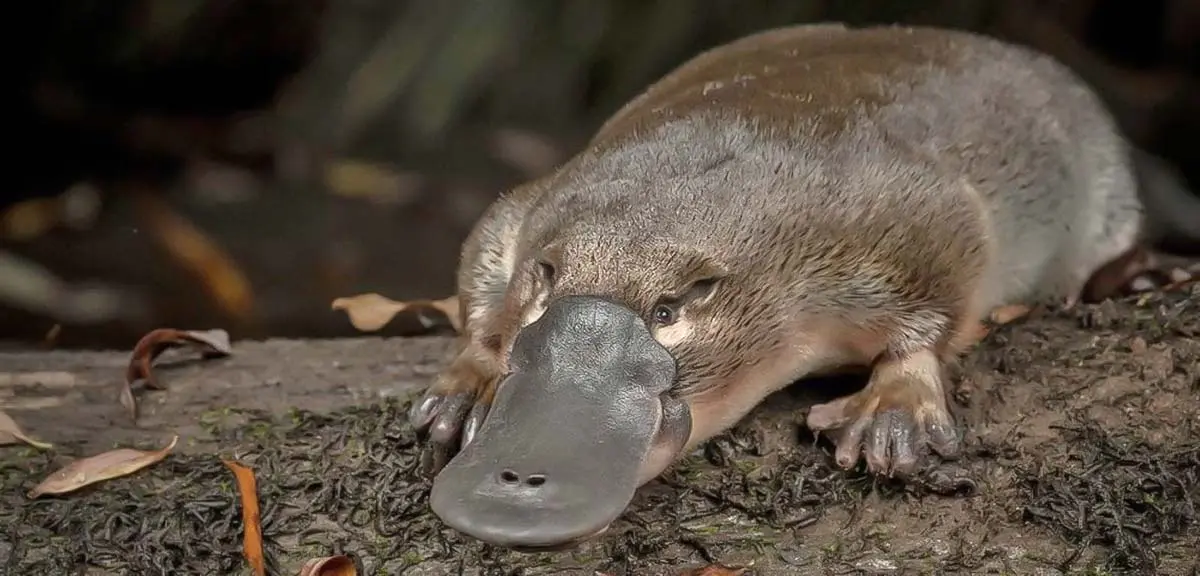
The male platypus is one of the few mammals known to be venomous. Though both sexes sport ankle spurs on their hindlegs, only the males produce venom. Since only males have this gland, it is believed that they are used to assert dominance against other males during the breeding season.
Platypus venom is very potent; in fact, it’s strong enough to paralyze or even kill a dog! It isn’t strong enough to kill most humans, but being envenomated can still cause excruciating pain. Often, the victims of a platypus will experience heightened feelings of pain for days, or even months. Even powerful painkillers, such as morphine, are almost ineffective at providing pain relief. The areas surrounding the wounds will also swell up with fluid. Despite its potency, the unique chemical components of platypus venom are of medical interest to researchers.
Research has shown that due to its unique chemical properties, platypus venom could contain a cure for diabetes. It is also being studied for its potential to create new painkillers.
5. Platypuses Need Our Help
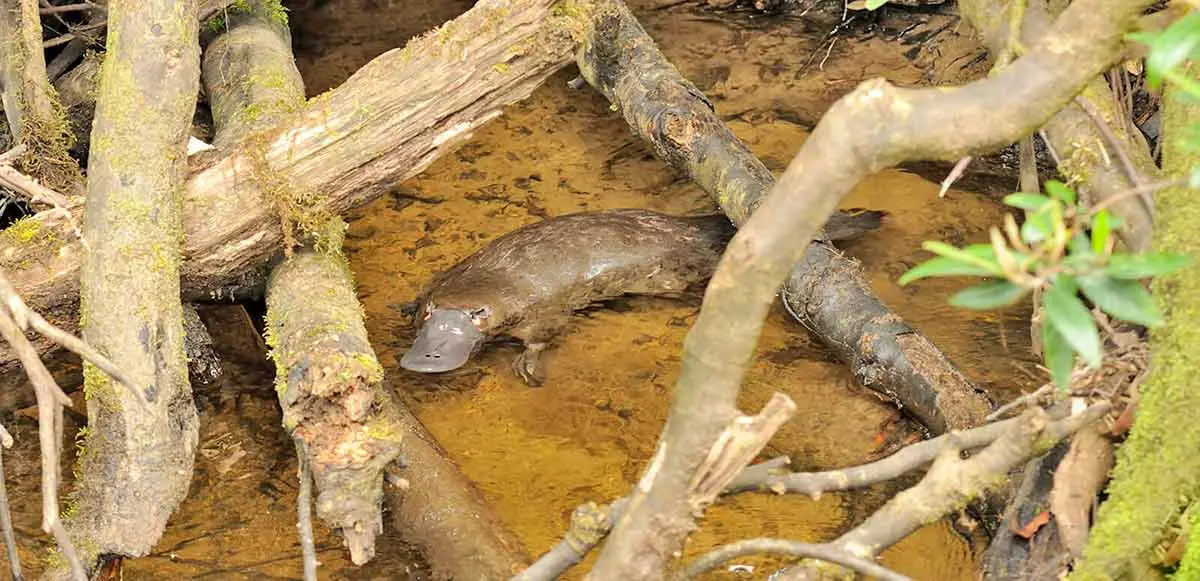
The platypus is currently considered a threatened species in Australia. As of 2016, this monotreme is listed as Near Threatened by the IUCN Red List; however, its wild population is plummeting mainly due to habitat loss. Some researchers even recommend changing its conservation status to Vulnerable.
The construction of dams, the draining of watersheds, and pollution all contribute to the platypus’s decline. Agricultural lands are often stripped of the plant cover platypuses depend on to survive. The draining of rivers and streams for agricultural, industrial, and residential use also removes viable habitat. Chemical runoff can amplify algal blooms which in turn can make finding food much more difficult for the platypus.
The entanglement of fishing gear poses another threat to the platypus. Yabby traps especially pose a risk for platypuses, along with other coexisting species such as turtles and rakali rats.
Conservation organizations are working to help protect and conserve the platypus. You can help the platypus by raising awareness of its plight among your friends and family. Thanks to popular culture, more people are realizing that platypuses do exist (Perry the platypus, anyone?). You can also support organizations, such as the Australian Platypus Conservancy and the San Diego Zoo Wildlife Alliance (whose safari park houses the only platypuses outside of Australia in the entire world!) who are working hard to save this Australian treasure.
